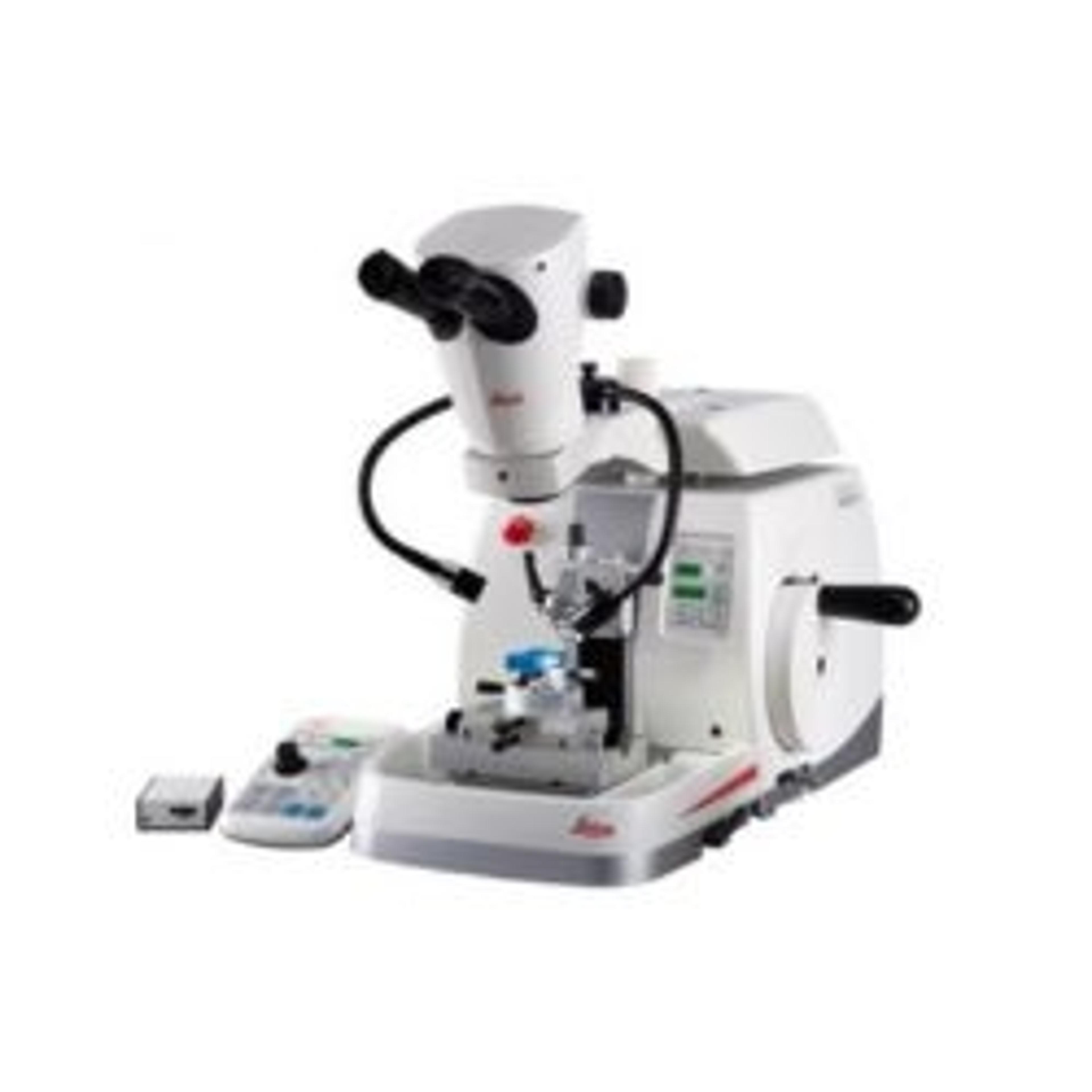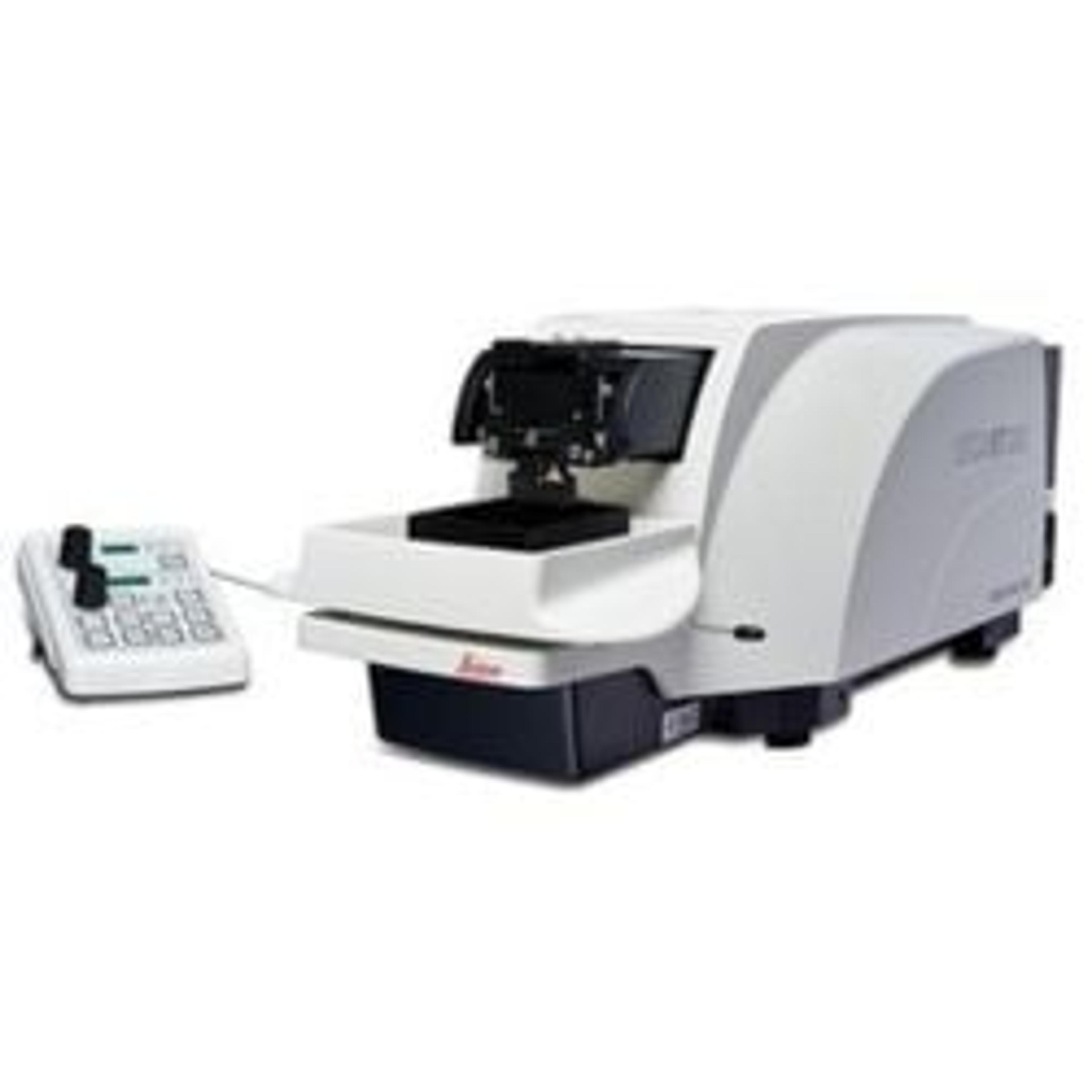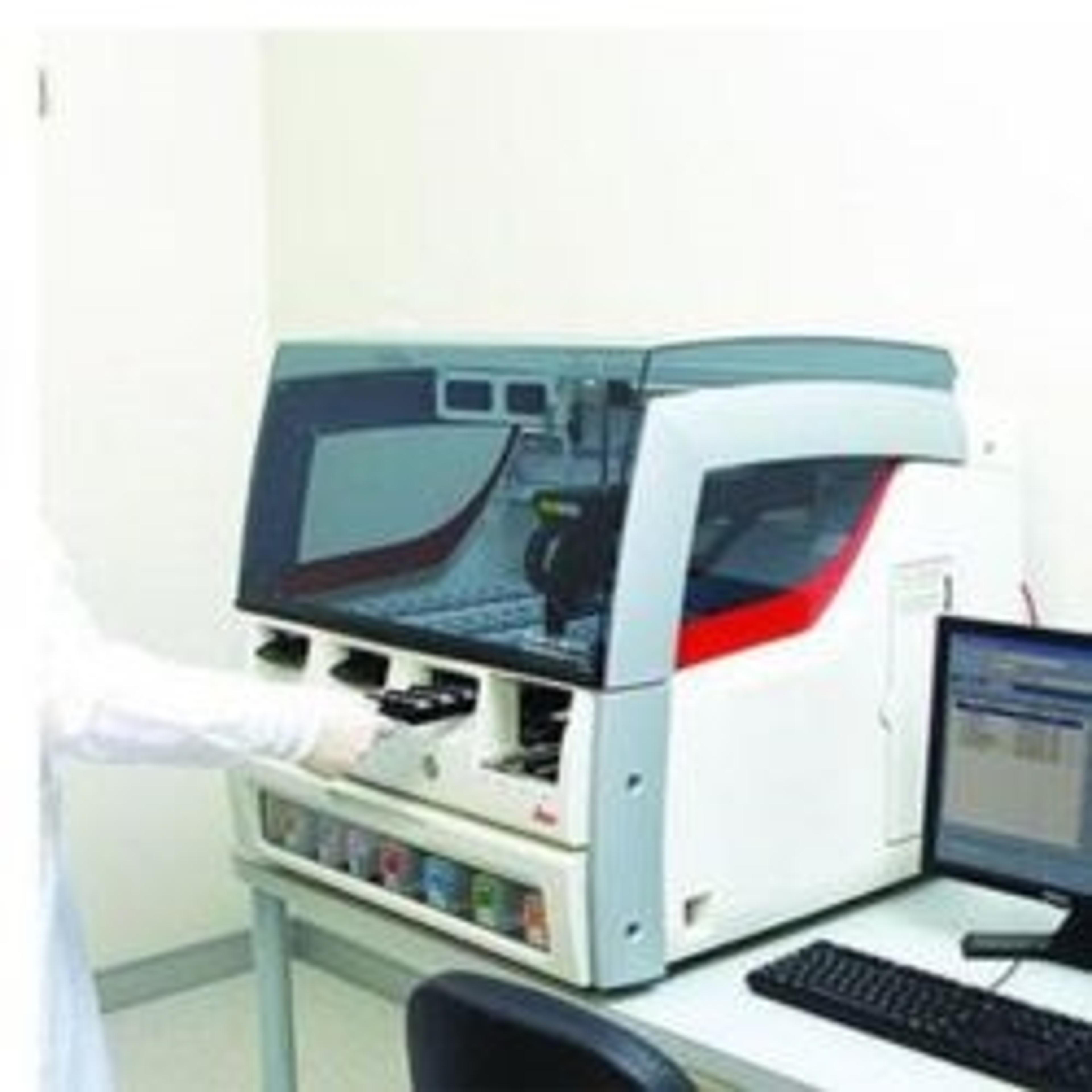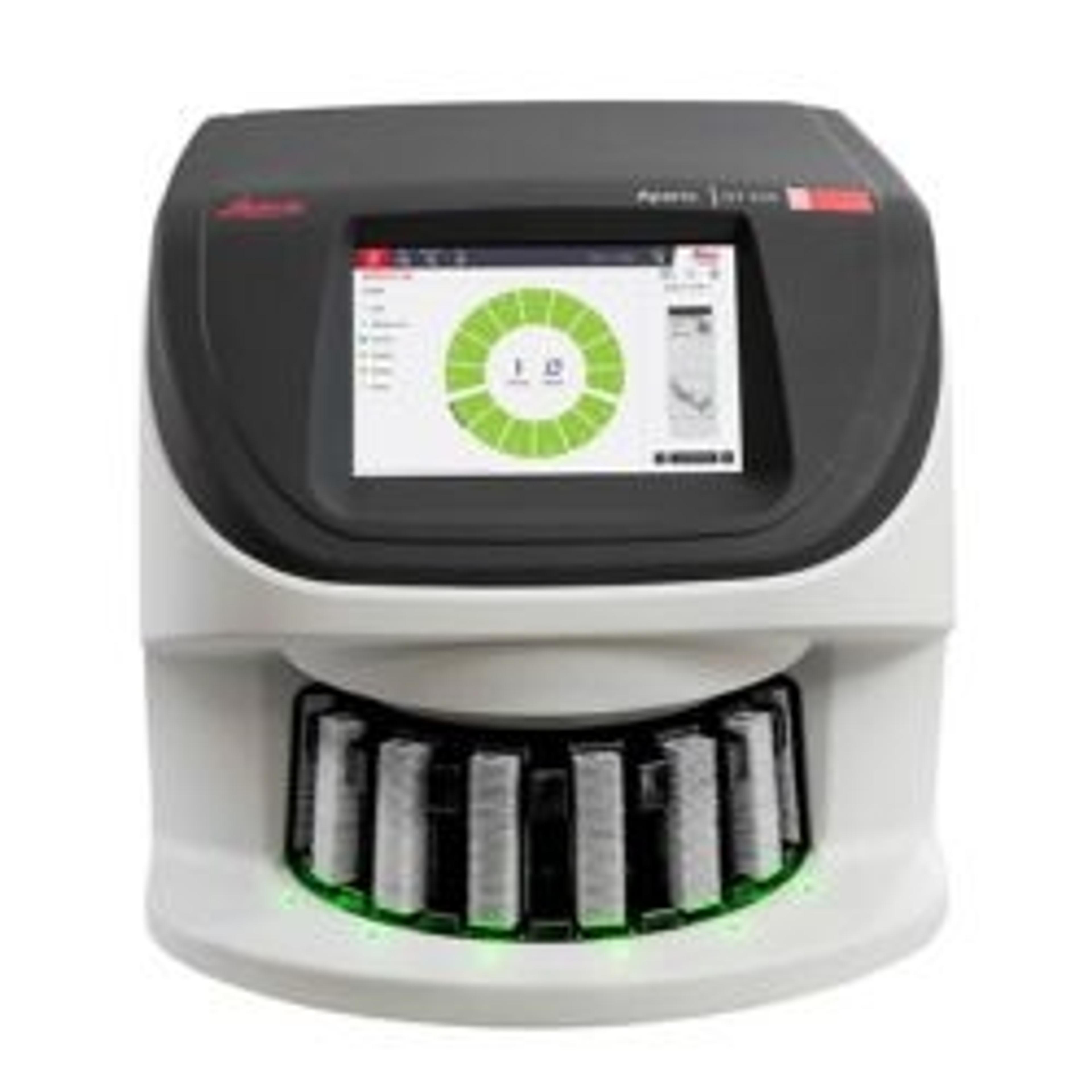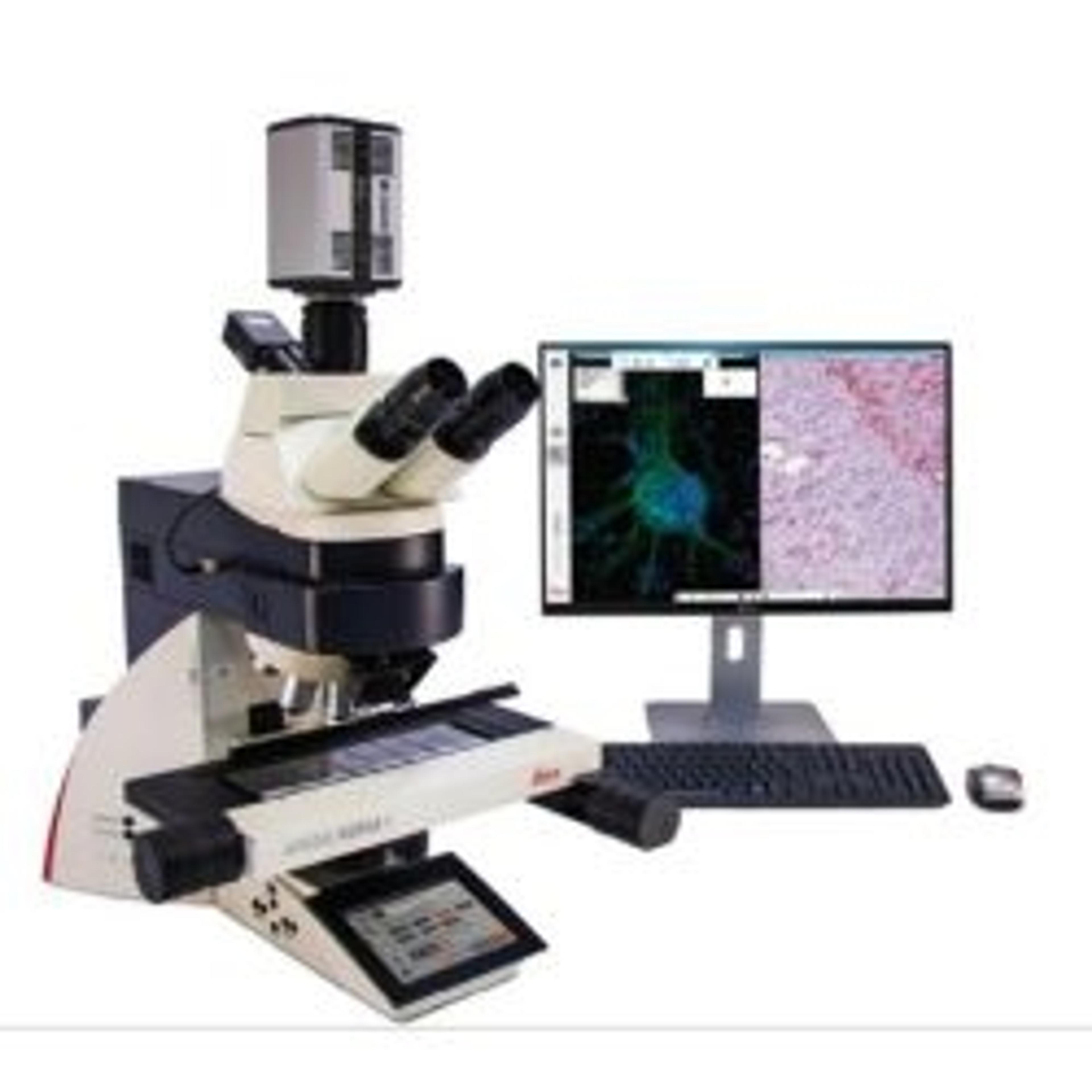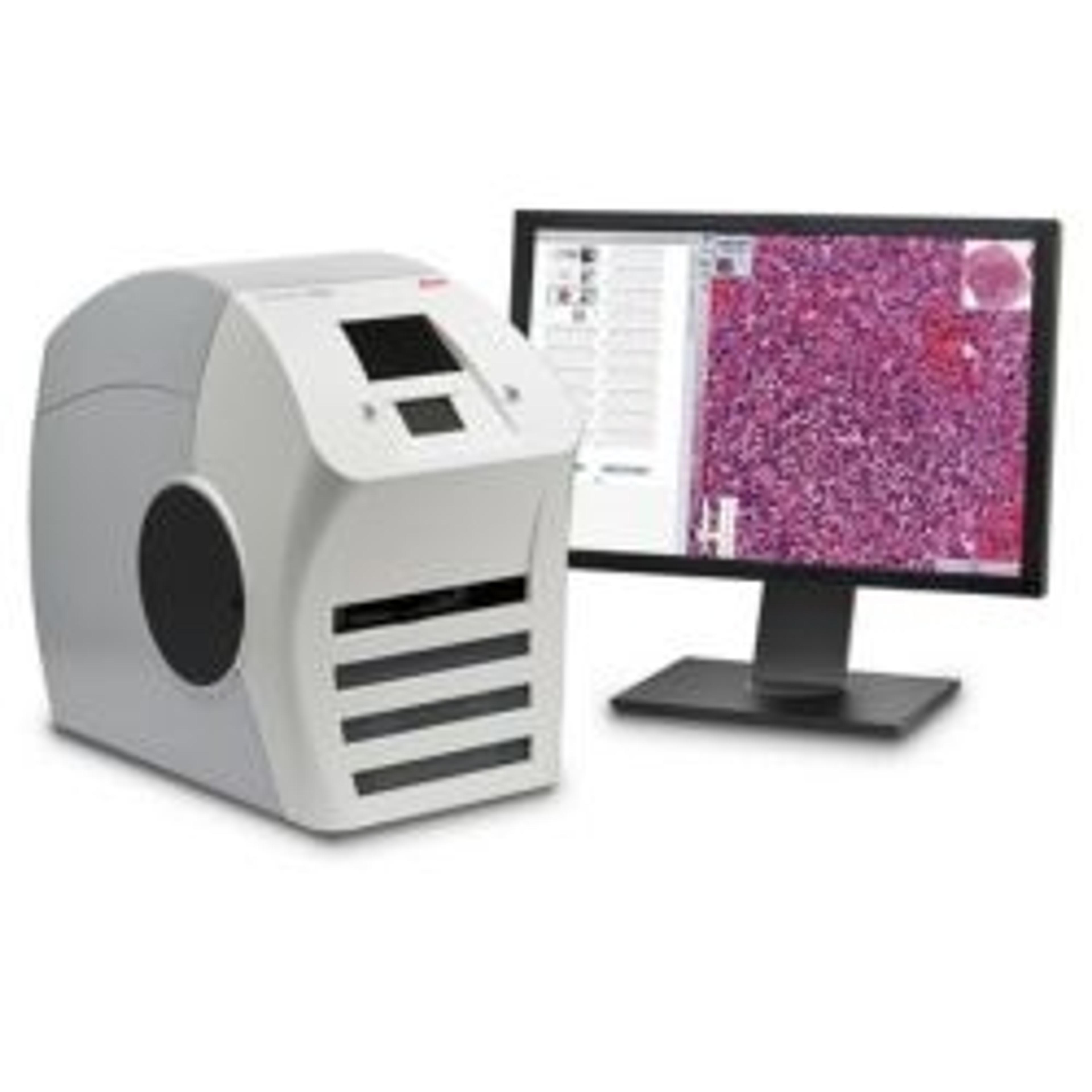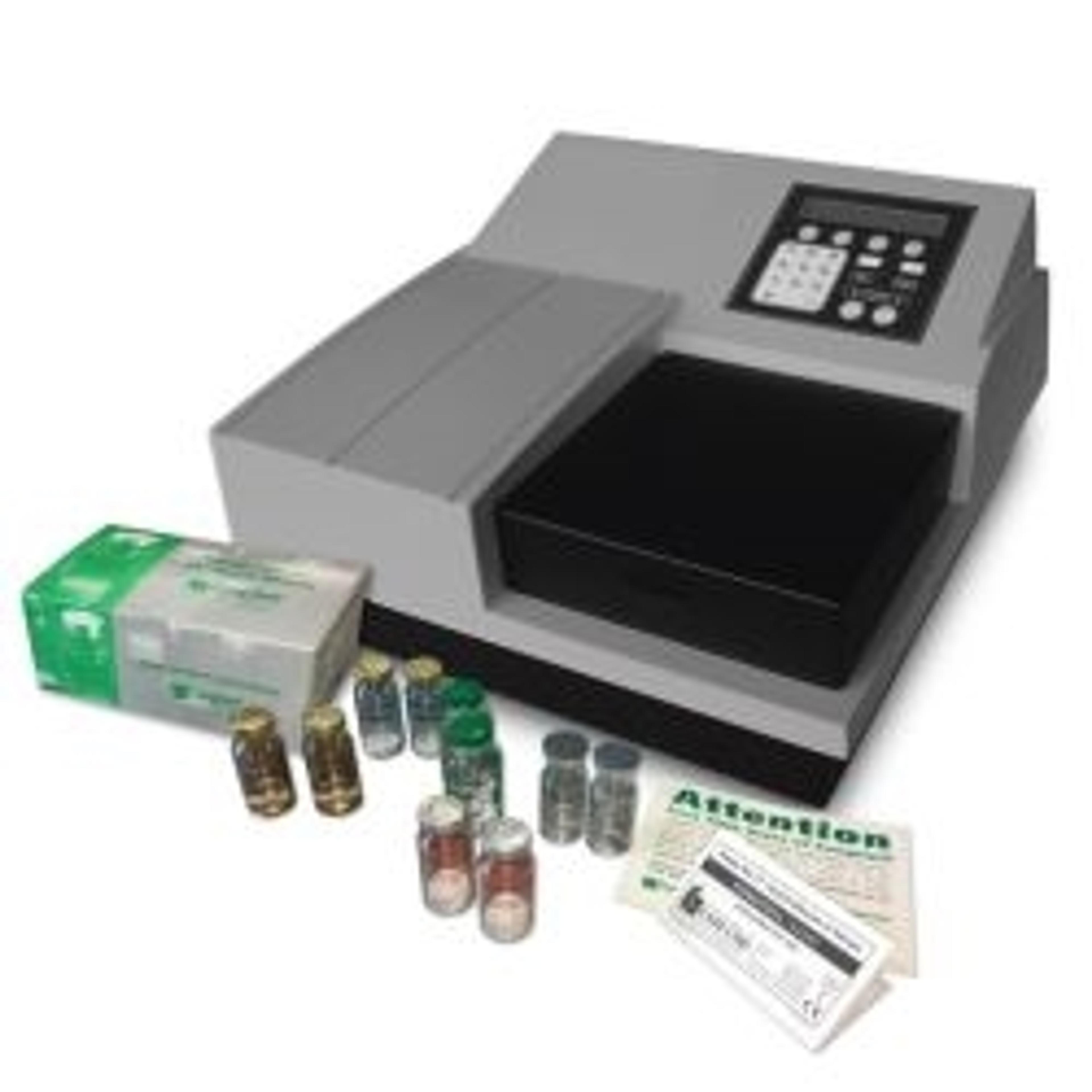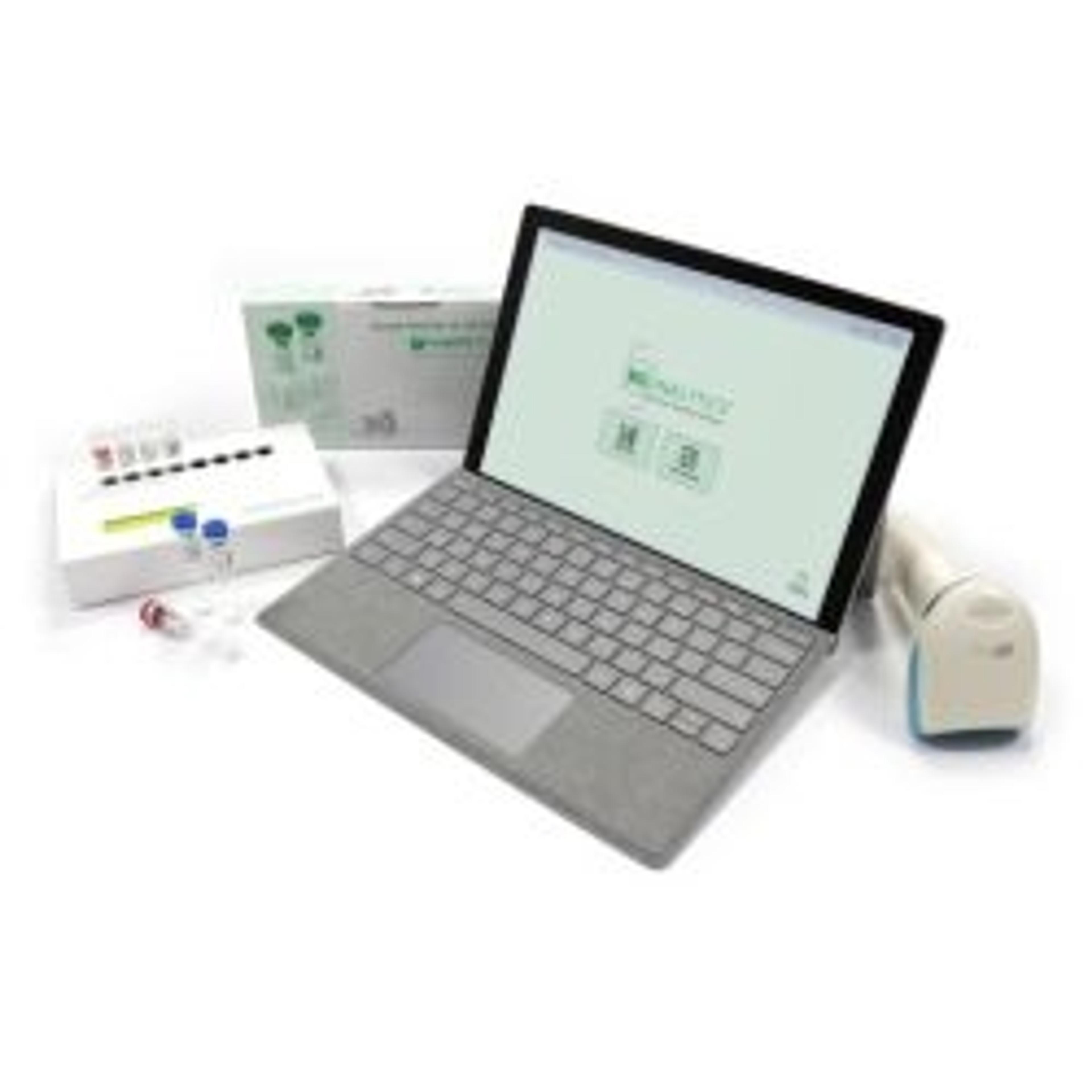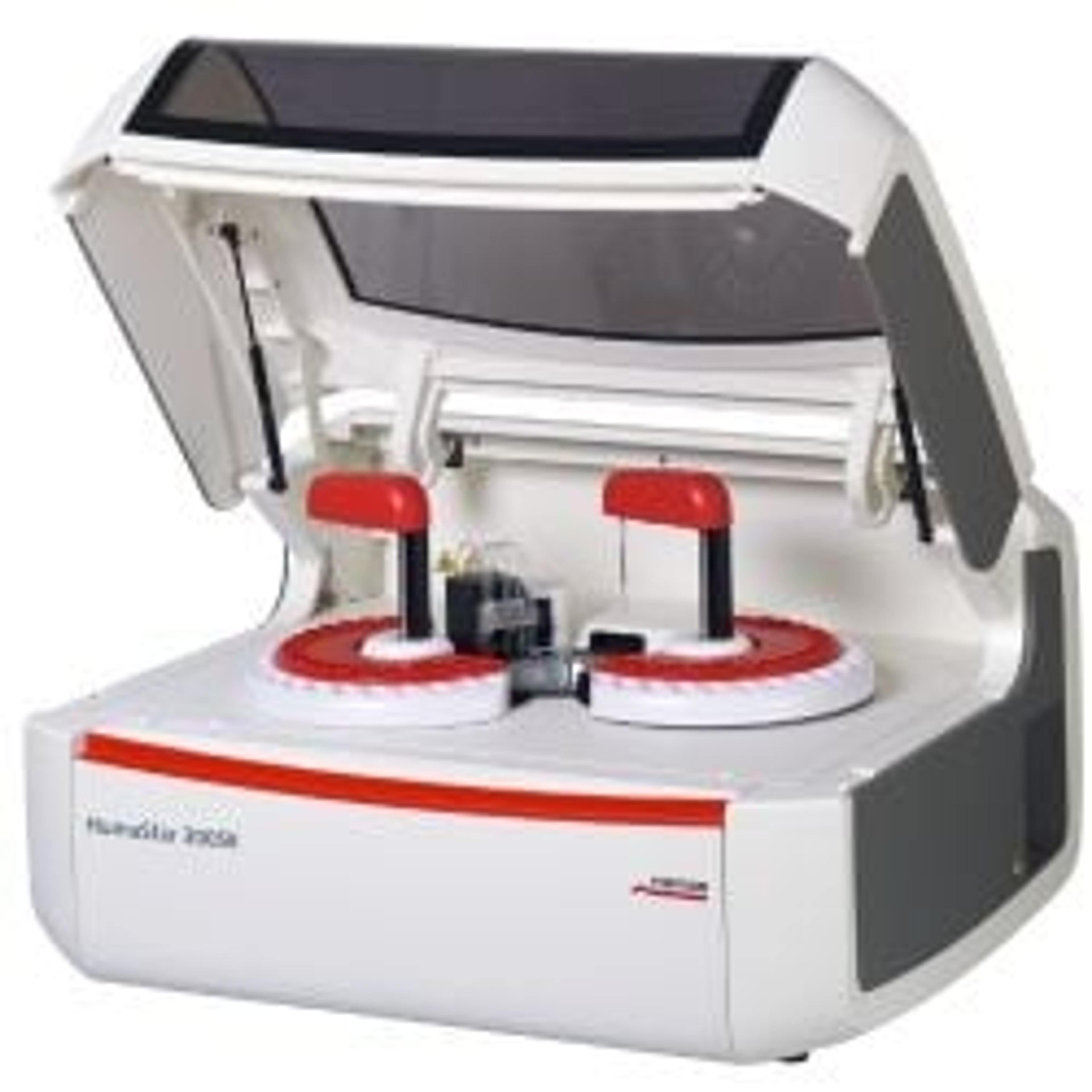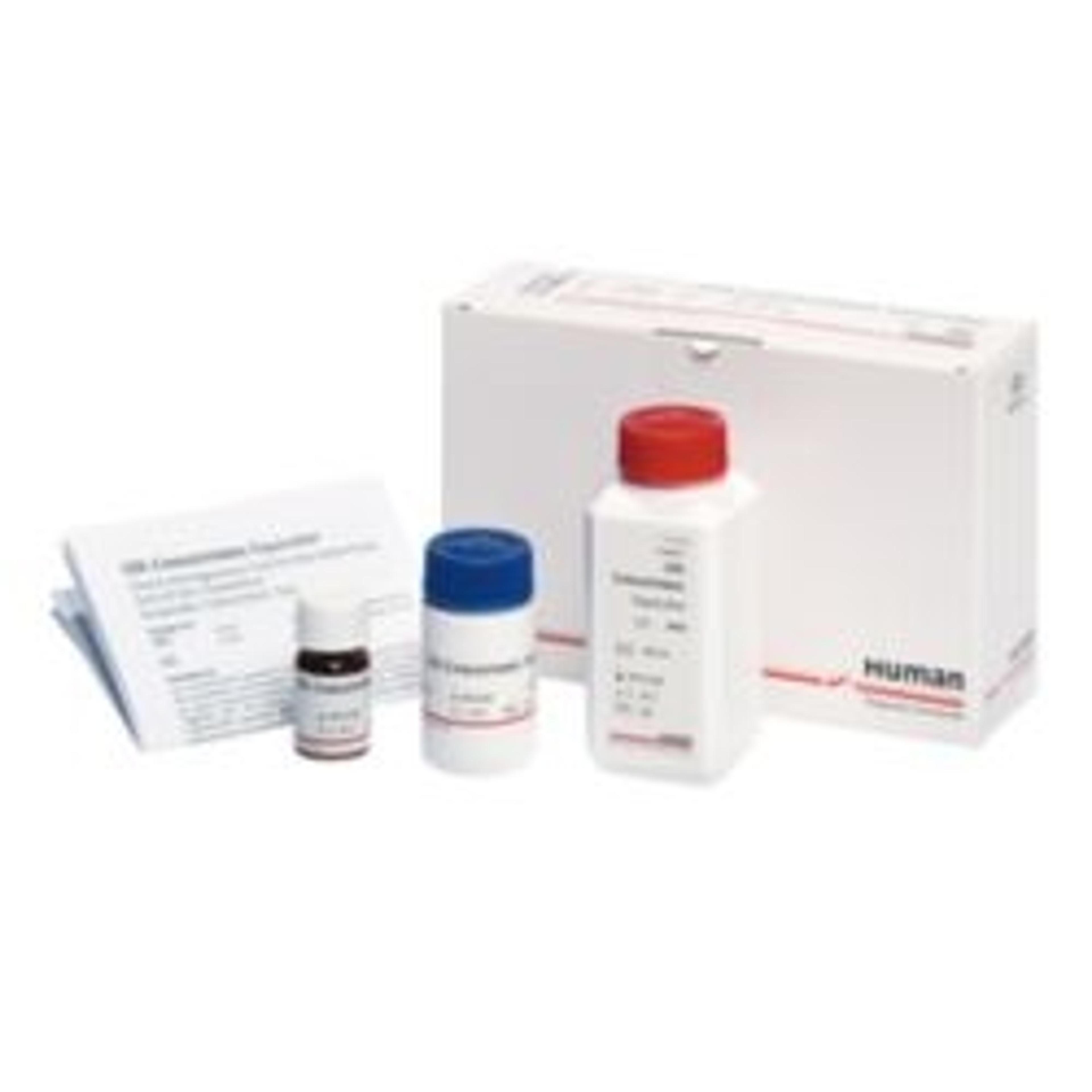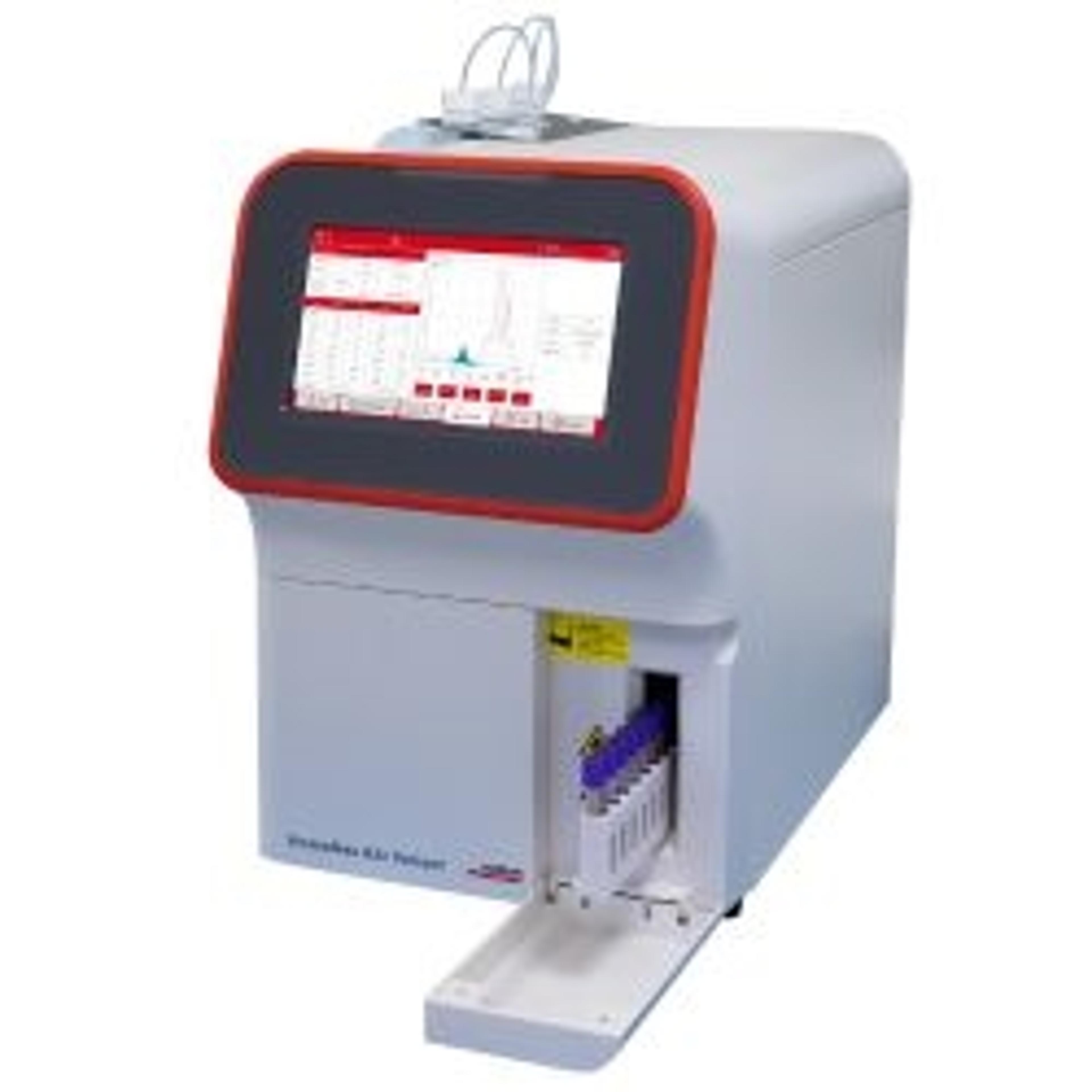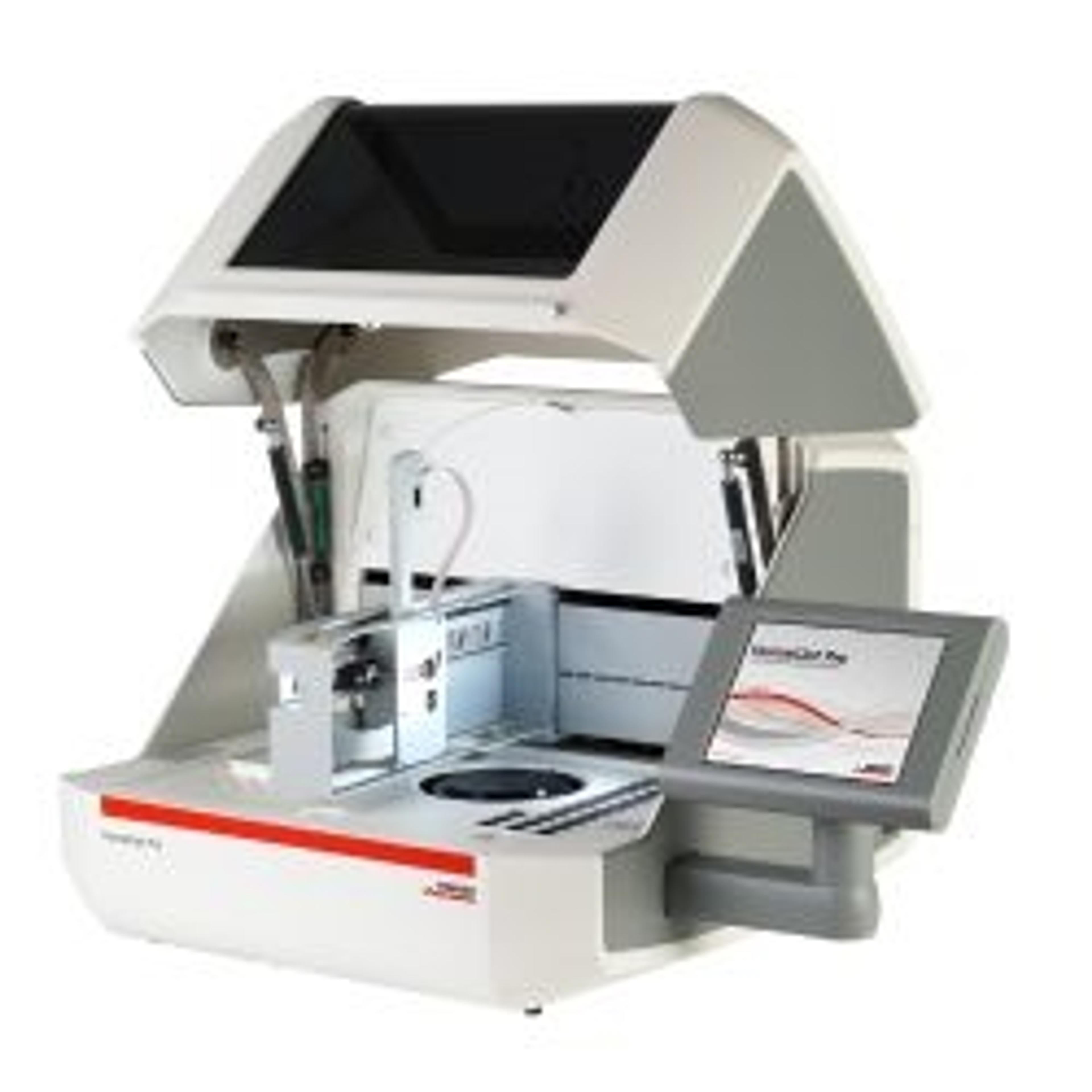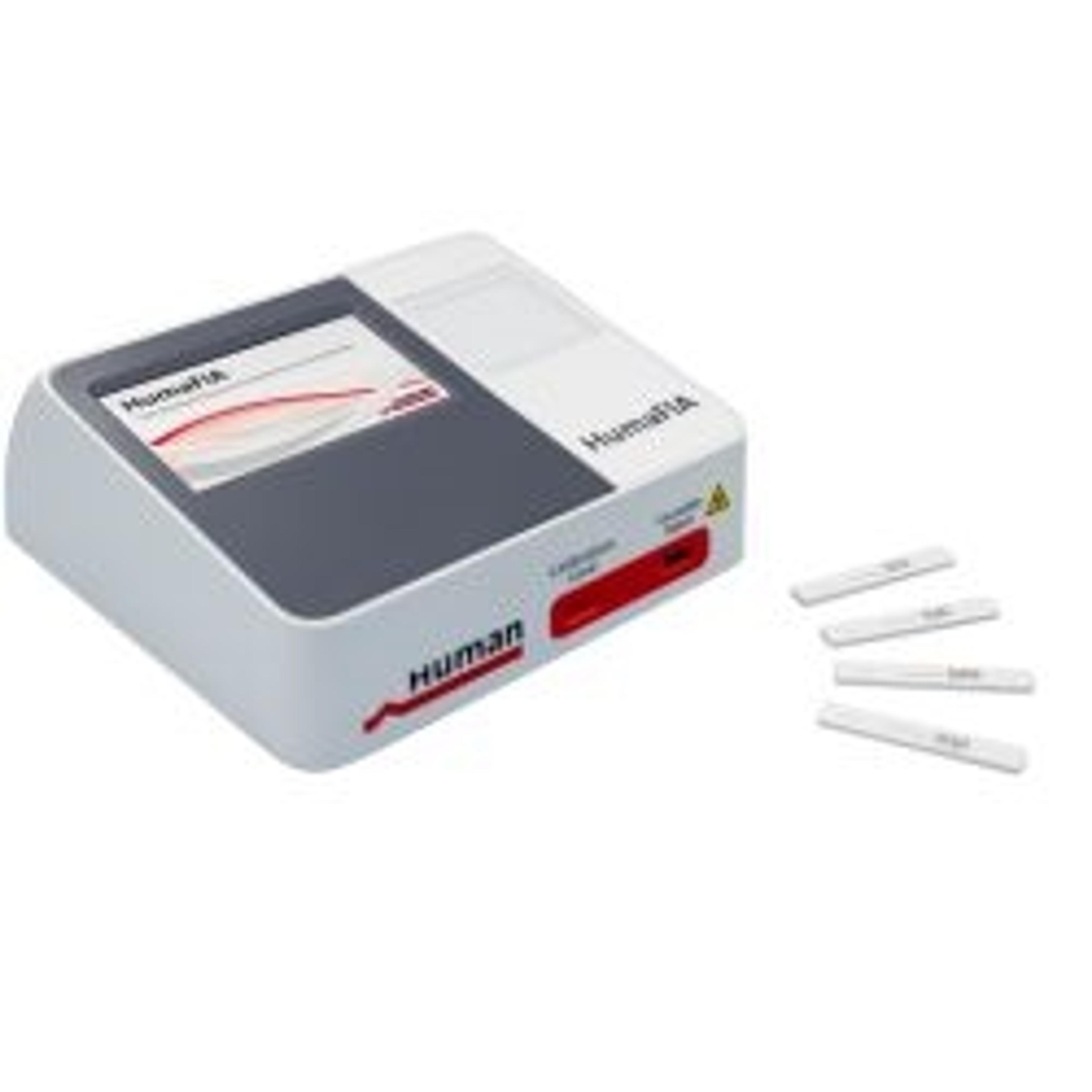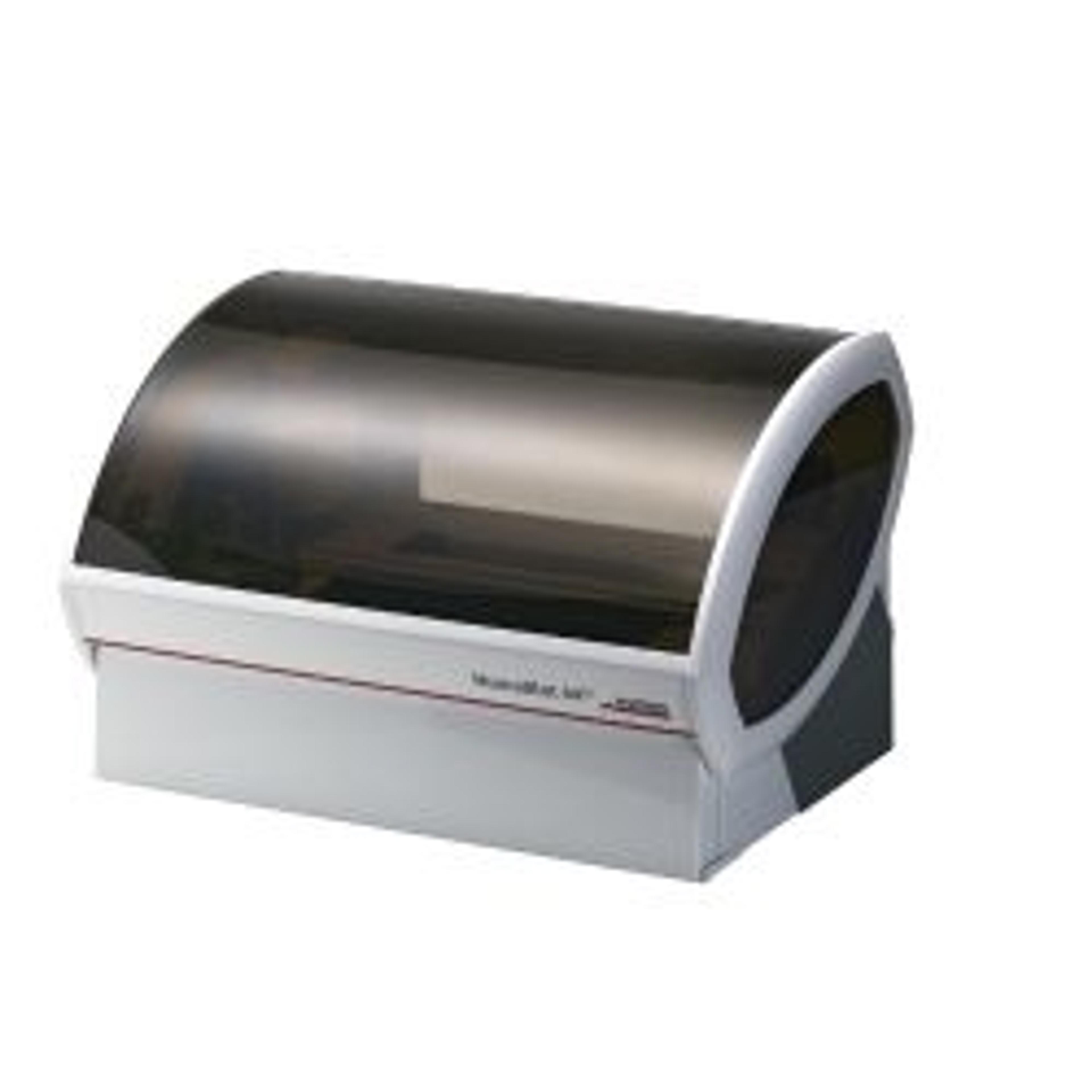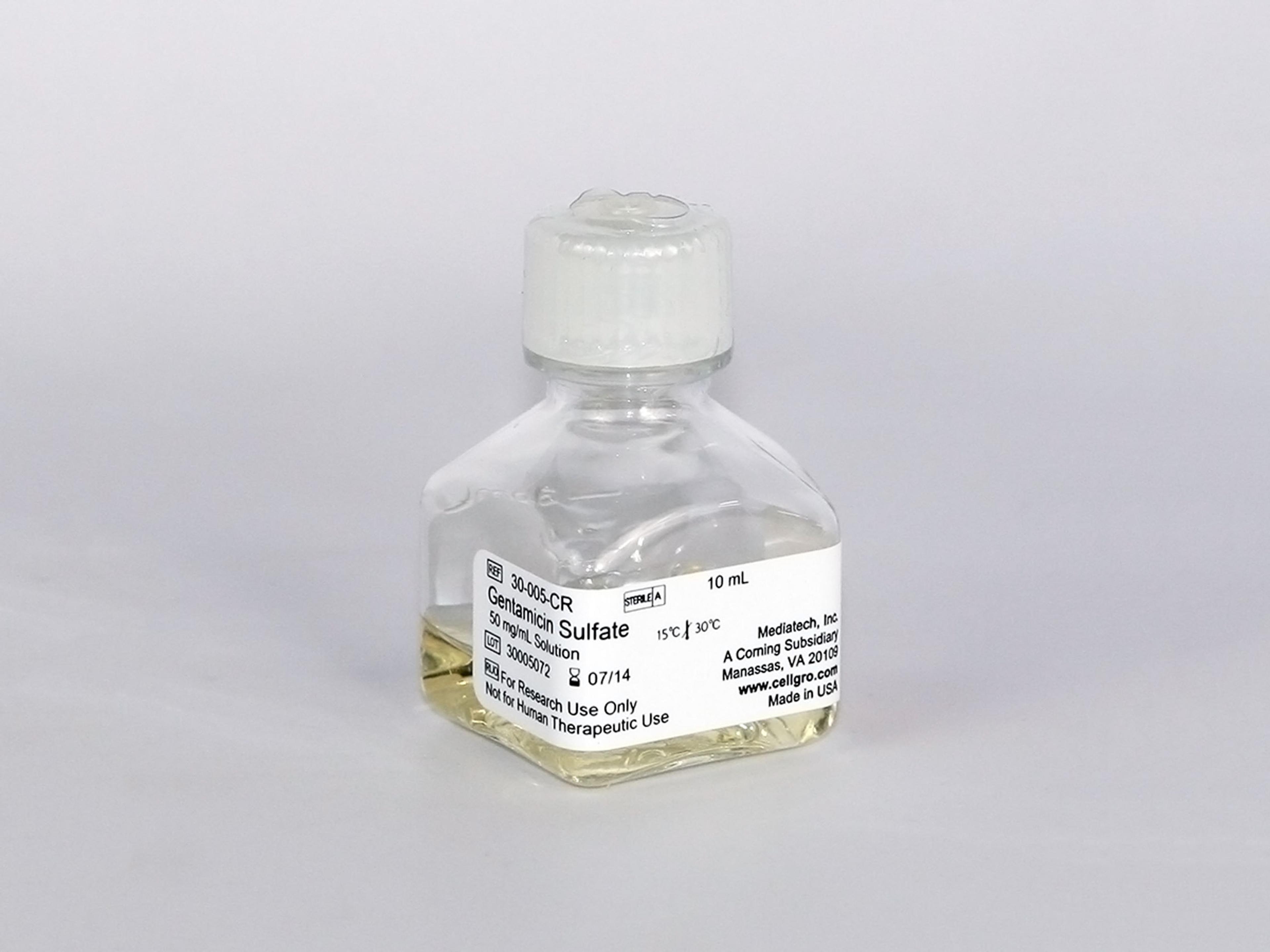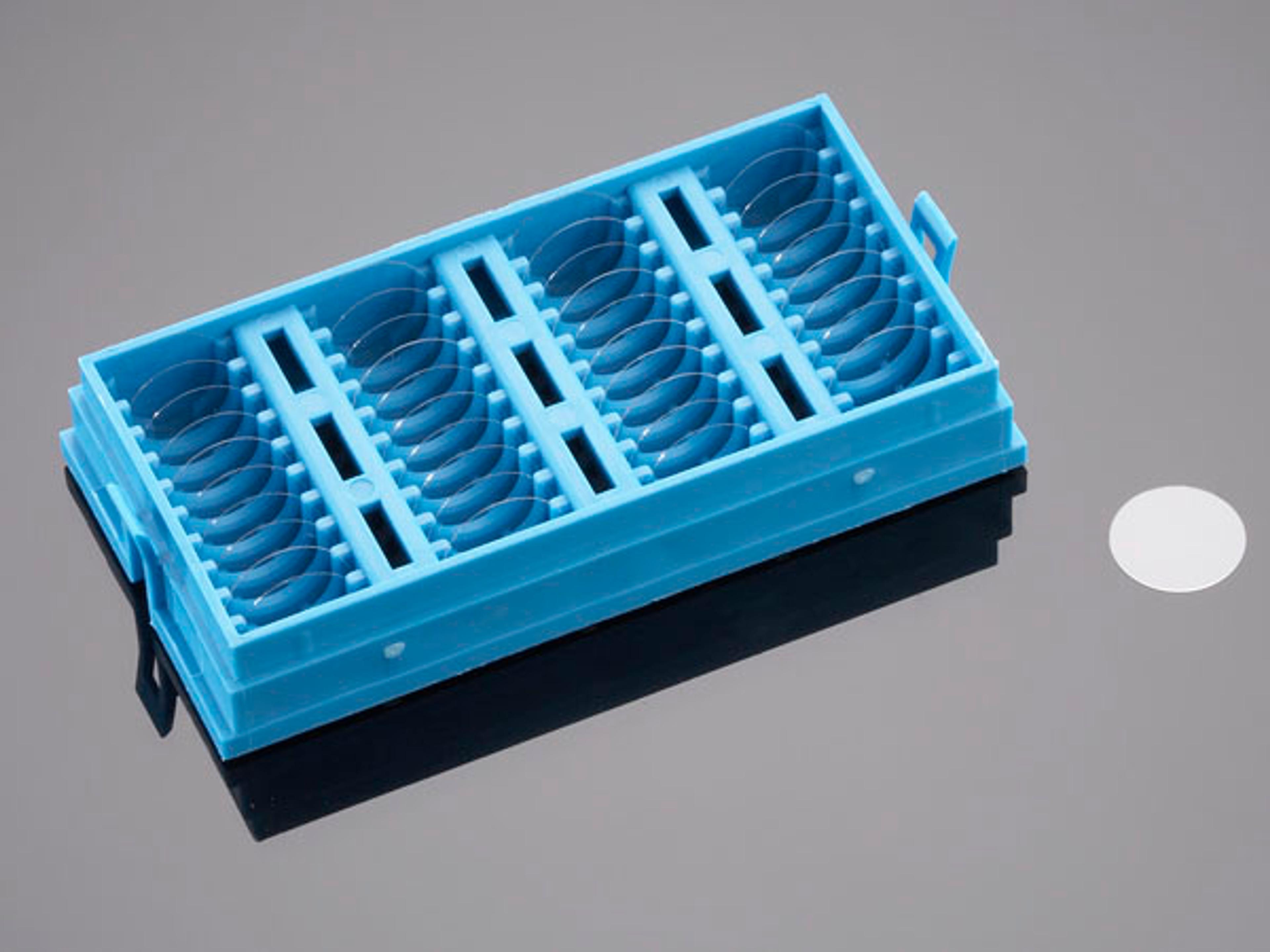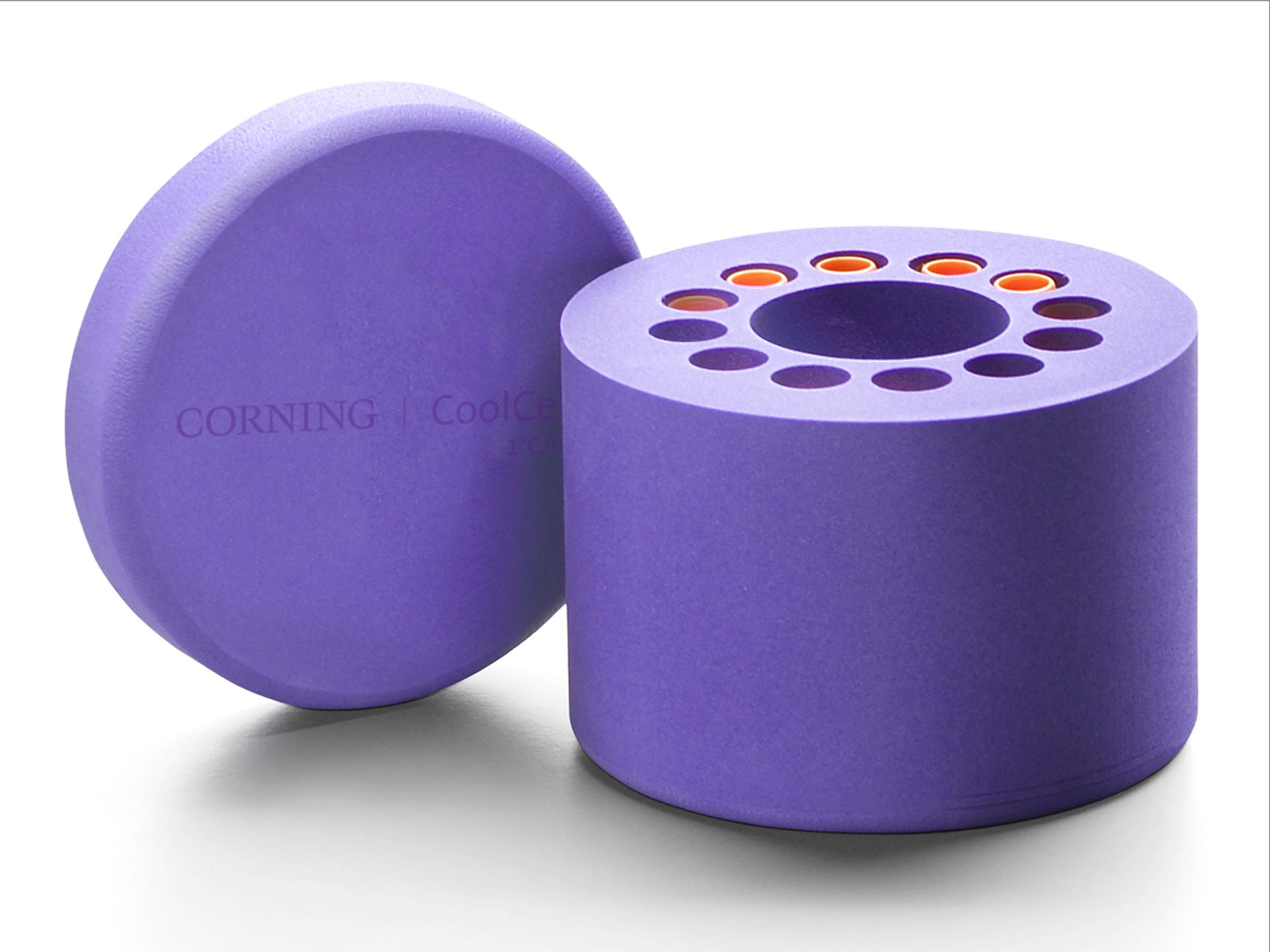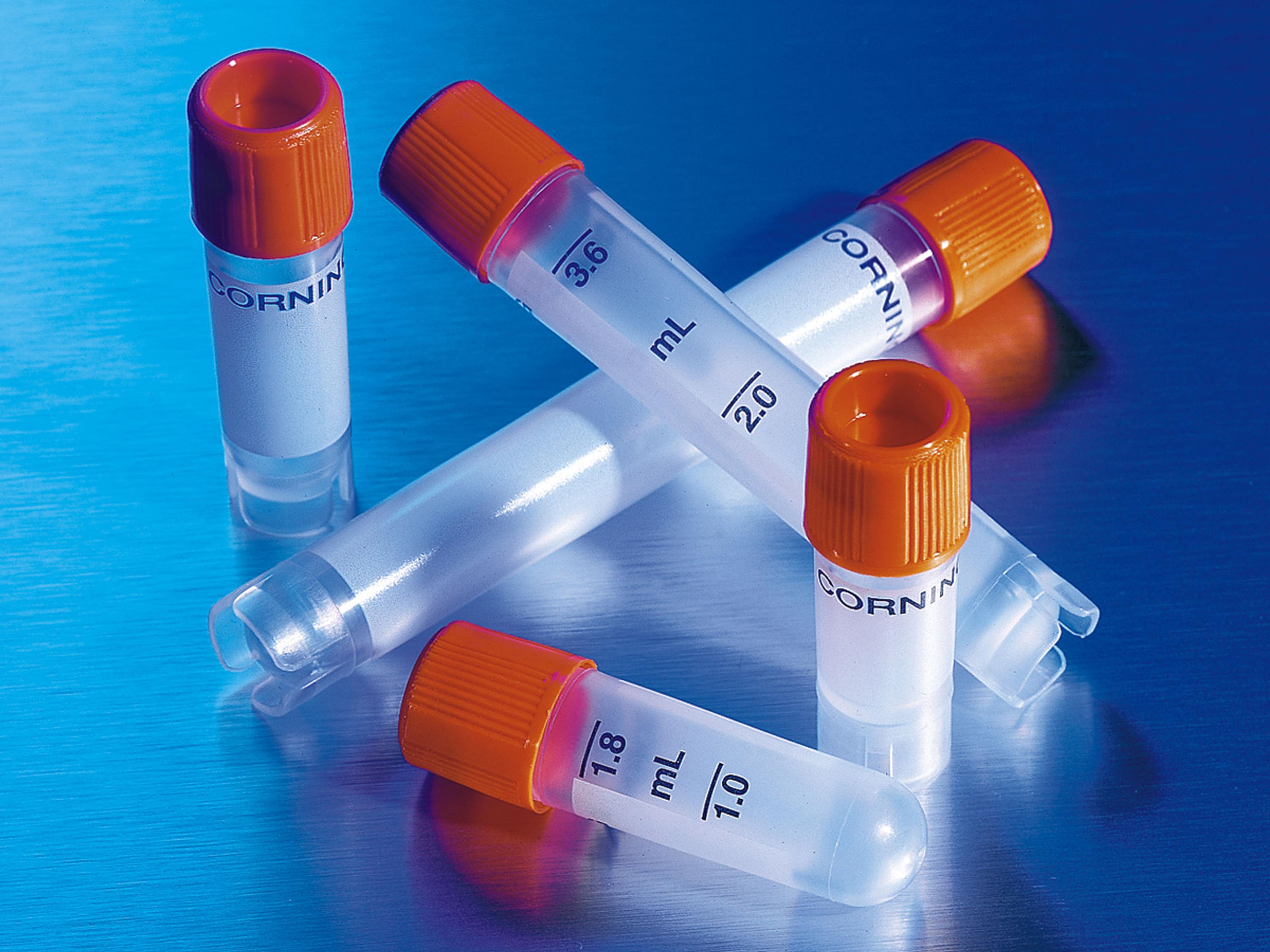Clinical Diagnostics Products & Reviews
Clinical diagnostics encompasses the detection, diagnosis, and monitoring of diseases and health conditions in patients. Utilizing advanced lab techniques and medical technologies, clinical scientists and healthcare professionals analyze samples such as blood, urine, and tissue to identify biomarkers, pathogens, and other indicators of illness. From point of care testing (POCT) to precision medicine approaches, clinical diagnostics plays a crucial role in early intervention, treatment planning, and disease management. Explore how this field empowers clinicians to deliver accurate diagnoses and improve patient outcomes.
Selected Filters:
FT001 Fungitell (1→3)-β-D- Glucan Assay Kit - 110 test wells
Associates of Cape Cod, Inc.Fungitell® is the first and the only FDA-cleared and CE marked rapid in vitro diagnostic screening test for IFI (including Candida, Aspergillus and Pneumocystis) that detects (1→3)-β-D-Glucan in serum.
FT007 Fungitell STAT (1→3)-β-D- Glucan Detection Assay (10 vials of STAT Reagent and 5 vials of STAT standard)
Associates of Cape Cod, Inc.Fungitell STAT® is the first and only single sample format FDA-cleared and CE marked rapid in vitro diagnostic screening test for IFI (including Candida, Aspergillus and Pneumocystis) that detects (1→3)-β-D-Glucan in serum.
Beacon Diagnostics® Laboratory Services
Associates of Cape Cod, Inc.Beacon Diagnotics® Laboratory is a fully CLIA-certified reference laboratory specializing in (1→3)-β-D- Glucan analysis
HumaNex A1c Variant
HUMAN Diagnostics WorldwideHPLC system for small and medium-scale measurement of glycated hemoglobin HbA1c
HumaCount 5DCRP
HUMAN Diagnostics WorldwideFull blood count system analyzer for simultaneous 5-part diff and CRP measurement
HumaLoop T
HUMAN Diagnostics WorldwideSpecially designed as a consolidated platform for sample preparation, amplification and easy visual result reading, HumaLoop T facilitates sensitive and reliable detection of tuberculosis with the LoopampTM MTBC Detection Kit.
Corning® 10 mL Gentamicin Sulfate, Liquid
Corning Life SciencesTechnical Advantage: Effective against Gram-positive and -negative Bacteria, and mycoplasma Gentamicin works as an antimicrobial agent by binding to the 30S ribosomal subunit of certain bacteria. It is formulated to contain 50 mg/ml gentamicin in deionized water and is recommended for use in cell culture applications at 1 ml/L. This product is effective against mycoplasma, Gram-negative and Gram-positive bacteria and is st…
Corning® BioCoat® Poly-D-Lysine 12 mm #1 German Glass Coverslip, Bulk Packed, 80/Case
Corning Life SciencesCorning® BioCoat™12mm #1 German Glass Coverslip with a uniform application of Poly-D-Lysine. Bulk packed, 80/case. Corning BioCoat products are an ideal solution for enhanced cell attachment and growth of a variety of primary cells and transformed cells in serum-free or serum-containing cultures. Corning offers custom coating capabilities. Shelf life: >= 3 months from date of shipment.
Corning® CoolCell® Cell Freezing Container, for 12 x 1 mL or 2 mL Cryogenic Vials, Purple
Corning Life SciencesCorning CoolCell, in combination with a -80°C freezer, will provide alcohol-free freezing at the rate of -1°C/minute that is ideal for cryopreservation of most cells and cell lines. Using a combination of uniform-density cross-linked polyethylene foam, a solid state core, and radial vial symmetry, freezing profiles are consistent and reproducible. The foam is non-absorbent and will impose negligible change in the freezer envir…
Corning® 5 mL External Threaded Polypropylene Cryogenic Vial, Self-Standing with Round Bottom, Cap Unassembled, Unprinted, Bulk
Corning Life Sciences5 mL capacity with round bottomSelf-standing designManufactured from polypropylene to withstand temperatures to -196°CSilicone washer for a secure sealVials may be color coded with inserts (see Cat. No. 430499)Special base design allows vials to be locked into cryogenic rack and tray (Cat. No. 431131) for single-handed manipulationSterilized by gamma radiationNonpyrogenic and DNase/RNase-free

